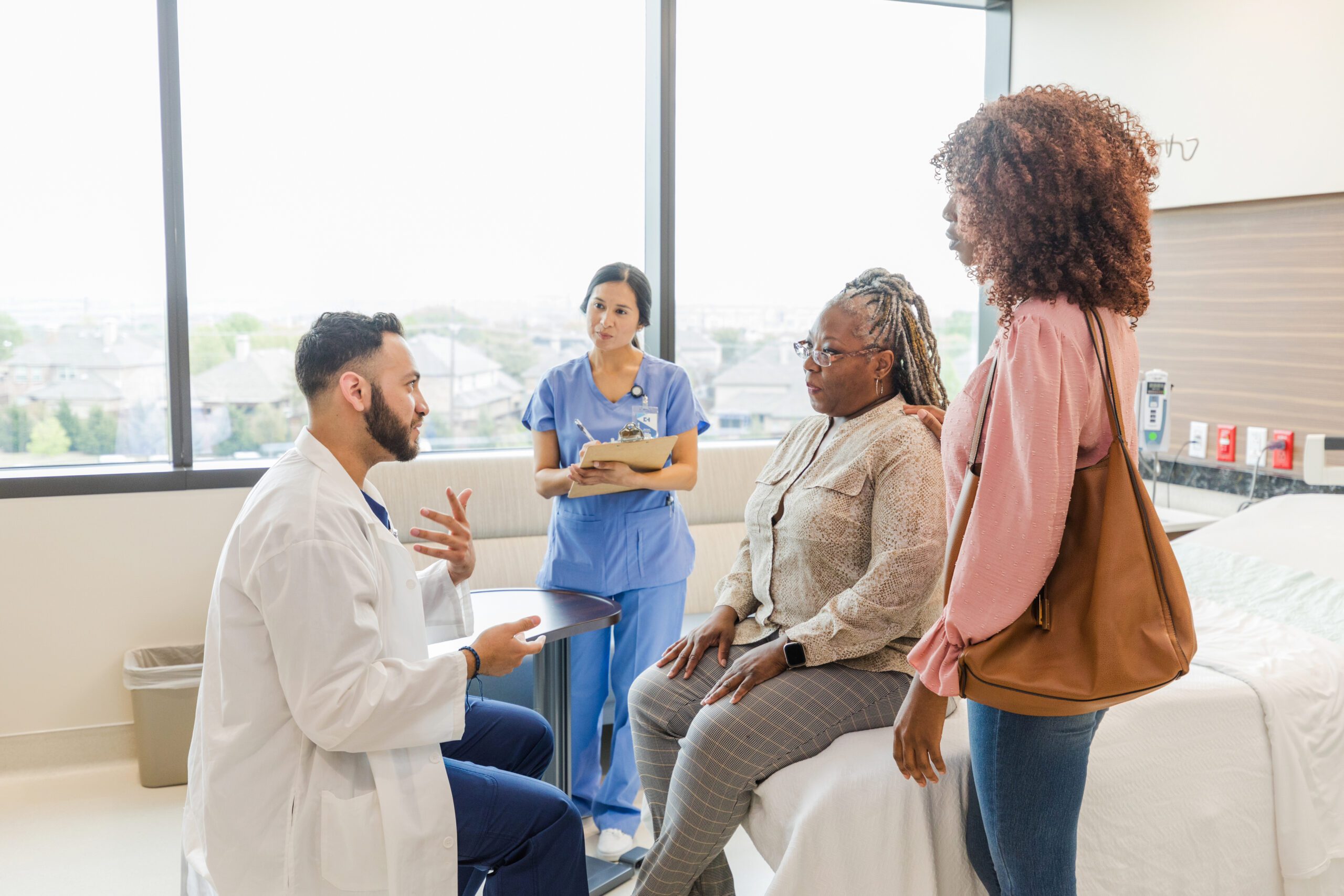Intern year is finally over. You have learned more medicine and worked more hours than you thought possible. Now, you’re ready to officially become an upper level in the program, which brings new responsibilities and challenges.
As a seasoned resident, you will spend most of second year learning about sub-specialties relevant to your future practice as a family medicine physician and spend more time in your continuity clinic with your own patient panel. Here are some tips to master your second year.
Optimize your workflow
Intern year provided a taste of clinical life; as a second year with more patients, creating an efficient clinical workflow will save you time and effort, which compounds with each day spent in the clinic. You have higher expectations to care for complicated patients, and to teach your interns. An expanded patient panel is more demanding, forcing you to see patients in a shorter time allotment.
Creating an efficient workflow will make this more doable throughout your second and third year. Continue to hone in on the things that worked in the past for you. Seek out feedback from your co-residents, chiefs, and attendings on ways to improve your workflow. Everything down to the order of how you review a patient chart will become second nature. Ask your co-residents what has worked for them or if they have electronic medical record (EMR) templates and smart phrases to assist you in the clinic. Better yet, write and edit your own templates for common office visits. Whether your hospital and clinic uses EPIC, Cerner, or Meditech, learn your electronic medical record system in and out. The shortcuts will become invaluable time savers.
Medicine is lifelong learning
Be mindful and learn from each patient you care for in residency. Read up on that one rare associated symptom or ask the question at the tip of your tongue. Enrich your medical knowledge as the things you learn now will be applied to the care of your future patients.
If you care for a diabetic, read about what other medications you can use to help them achieve their target A1c. If you care for a hypertensive, understand why you chose the combination medication. Medicine is always evolving and staying up to date is critical. You do not want to be the physician who prescribes outdated medication when there are new, better treatment modalities in place.
Be a leader
During your second year, you will start taking solo call shifts or be the upper level in charge on a medical team. What does this mean? It means you are in charge! This can be stressful and anxiety inducing for the first couple of times but will ease with repetition.
Remember that you are the upper level, and you’ve experienced enough to set a good example for your underclassmen and your family medicine team. You represent your program so act appropriately; ask insightful questions during patient admissions, provide detailed patient signout, and strive to improve. Your interns and attendings will take note of your leadership skills.
Pursue your academic goals
Your second year of residency affords you more electives and time off, translating to a great opportunity to pursue your academic interests. There are many ways to get involved outside of your regular clinical duties. Some enjoy clinical research such as quality improvement projects or public health implementations. During your second-year of residency, there are opportunities to discover your niche.
The first step is to connect with a faculty mentor who can assist you on your educational endeavor. Furthermore, each state has a regional division of the American Academy of Family Physicians. These regional organizations offer many opportunities to residents and students and are often free to join. Through your state organization, you can attend resident-oriented sessions at conferences where you can network and meet other family physicians from various backgrounds and careers. You also can join leadership roles and serve as liaisons where you can advocate for your fellow residents throughout the state.
Be Chief
At the end of your second year, you will make the decision to run for the position of chief resident. The chief resident serves as a liaison between the program leadership and its residents. As the chief resident you will advocate for your fellow residents, connect residents with faculty mentors, create the call schedule, and ensure residents are progressing appropriately.
The chief resident is a role that prepares you well for future leadership roles as a fellow, or in academic medicine. Talk to your current chiefs about their roles and see if it is a fit for you, and looks great on your academic resume.
Final thoughts
The second year of residency is a time where you can really continue to grow both in your medical knowledge and your leadership skills! Take advantage of the opportunities you are given and the time you have because before you know it you will be job searching and back on the interview trail in third year! Lastly, Remember that This is where you wanted to be.
This may seem obvious, but is easy to forget when you’re overwhelmed by inbox messages, heavy patient loads, and long hours. As physicians, we chose this path, and caring for others is an honor and a privilege. Residency is more than just a job, it is your chance to hone your medical skills to become the physician you aspire to be.
Further Reading:
How to Become a Family Medicine Physician
Rock the Shelf: Family Medicine
Family Medicine Board Review & High-Yield Study Resources
Photo by Tima Miroshnichenko




